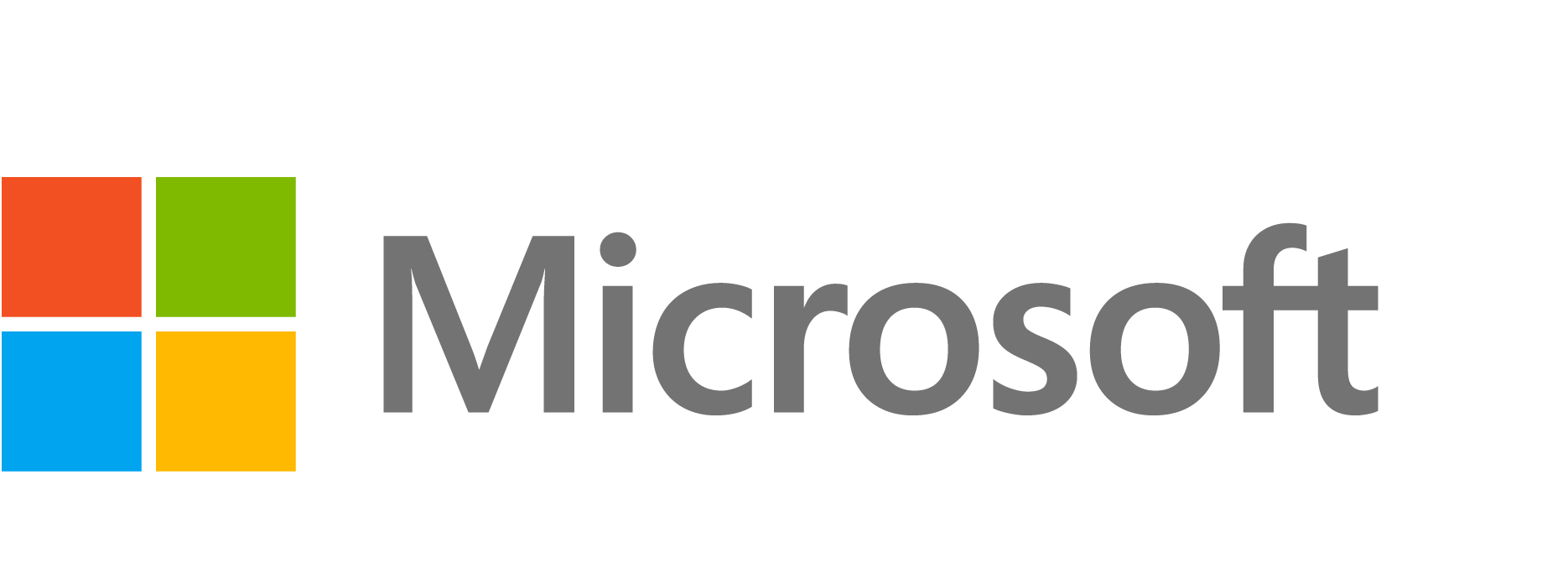Reaching All College Students
Using tools they may already have, professors can make learning more accessible to students with disabilities and learning differences.

Worldwide, one in five people deal with some kind of disability or learning difference. That represents over one billion people here in the US and worldwide. Institutions have both a requirement to ensure accessibility in education and an opportunity to make learning accessible to an even greater population.
In recent years, as many colleges and universities have increasingly sought ways to reach all students remotely, technology companies have worked to develop products that can help make that possible. As the spread of COVID-19 has accelerated those efforts in real time, and with many campuses physically closing, it has become even more vital that institutions offer students accessible platforms for lectures, lessons, materials, and mentors.
As college leaders search for the best ways to deliver an optimal learning experience to every student, they should know that they likely already have an array of tech solutions at the ready. Microsoft, a leader in higher ed tech, has accessibility tools built-in, at no additional cost, to help universities transform into inclusive learning centers of excellence.
Microsoft offers built-in and free-standing accessibility tools, including those available through Office 365, inclusive of Microsoft Teams and Windows 10. Thousands of colleges worldwide already have these platforms at their disposal, but many have yet to tap into all the features and programs that can help students with disabilities and learning differences.
Understanding this, Microsoft Education is committed to driving awareness of our inclusive tool set to help universities and students find the right accessible technology to empower all types of learning – including remote education. Doing so, gets the company closer to its mission: empowering every person and every organization on the planet to achieve more.
Designing inclusive software that can be useful to all students — including those with ADHD, autism, dyslexia, and students who are deaf or hard of hearing, have limited reach or strength, are blind/low vision and many other disabilities — has always been a part of Microsoft Education’s mission to empower every student. And that starts during the design process. Microsoft builds its products from the ground up with accessibility and inclusivity in mind.
“We’ve invested a lot into making our tools inclusive. When you build products to be inclusive and make sure they are accessible to all types of students, the benefit they offer is much wider.”
Because Microsoft’s products are designed to be inclusive for a range of learners, they can solve many problems for institutions. “I like to use the term ‘the inclusive classroom.’ These products will be helping people with dyslexia and disabilities, and you will also empower learners in the mainstream as well as non-native language learners. Educators can reach way beyond their initial targets with these tools,” Tholfsen adds.
Microsoft’s tech tools can improve learning across media. They provide live subtitles during lectures and meetings, and eliminate language barriers in a multitude of settings. All represent research-proven methods that improve student outcomes. They also help ensure that all a college’s relevant data and materials are available to any student.


Colleges can use Microsoft tools, such as Accessibility Insights to check the accessibility of websites and apps and Accessibility Checker to check the accessibility of documents and curriculum. Power Point Live also helps faculty keep students engaged by transcribing lectures into several different languages on personal devices.
Microsoft Teams offers a central hub for learning. It includes polling and other functions that increase communication between students and faculty. Teams’ inherent inclusiveness has become popular with educators around the world — more than 183,000 institutions now use it.
Specific technologies aimed at improving student learning include Microsoft Immersive Reader, which has been specially designed to help students with and without disabilities and learning styles read and write, while removing the stigma that too often comes when students use specialized technology.
Immersive Reader’s efficacy lies in its wide range of availability (for example on Microsoft Word, Teams, OneNote, and Office Lens) and applications. The program performs “read-aloud” functions and eliminates “visual crowding” — the sense that letters and words are too close together — something that helps those with dyslexia. Immersive Reader can, upon command, break words into syllables; highlight certain types of words, such as verbs, using a range of colors; change the reading background; and offer a “reading ruler” so students with focus issues, such as ADHD, can isolate and read one line at a time.
What’s more, Immersive Reader shares a strong translation function available on other Microsoft tools, including PowerPoint and its real-time complement, PowerPoint Live. These programs, along with Microsoft’s Speech, found on its Azure platform, can instantaneously translate lectures and text into nearly 70 languages, aiding non-native language speakers and ESL students. Meanwhile, learners who are deaf/hard of hearing can benefit from instant captioning features embedded in PowerPoint and Immersive Reader.
“We’ve seen growth skyrocket in regard to remote learning, and during Covid-19 in particular,” says Tholfsen. “Many professors are now using these tools in Office and PowerPoint.” The numbers reflect that: More than 23 million people worldwide use Immersive Reader each month.
Besides packaging education-accessibility products for colleges via its platforms and programs, Microsoft offers web apps, such as its Office 365, PowerPoint and Teams products, at no cost to any college student who wants them.
Evidence is mounting that these offerings improve learning outcomes. A study that the company commissioned last year found that using Microsoft assistive technology and accessibility tools increased learning among pre-college-age students, saves staff time, reduces costs, and decreases the stigma of studying with specialized tools. Independently and anecdotally, many of the more than 150 million faculty, higher-ed institutions, and students who use Microsoft Education products report similar findings, Tholfsen adds.
During recent meetings of Microsoft’s Higher Education Advisory Board, made up of dozens of college leaders from around the world, leaders weighed in on the importance of accessibility, “Accessibility to learning is the thing they want to talk about most,” says Tholfsen, who makes presentations to the group twice a year. “They really want to help people stay in college and finish. If their students are overwhelmed by content or feel troubled trying to deal with it, they’re much less likely to graduate.”
Microsoft Education’s determination to make education accessible to all students everywhere will lead to those happier outcomes. The company’s commitment to “all-inclusive classrooms” will be one of its defining features, he adds.
“We’re not done,” says Tholfsen. “We’re continuing to create new and innovative solutions that utilize inclusive design,” he says. “Microsoft’s goal isn’t to empower 86 percent or 94.3 percent of the world’s students, but all of them. That’s an all-inclusive mission — and the core of what we do.”
Get the one pager on how Microsoft Education is empowering all learners with accessible tools and solutions.



